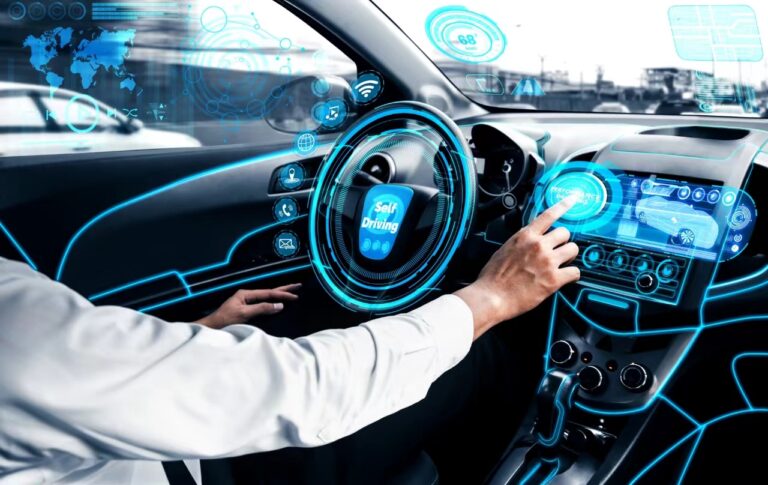Haptic feedback technology allows people to receive haptic information through force, vibration, or touch, giving them a sensation similar to touching a real object when interacting with objects in a virtual system. This technology can be used to simulate virtual scenes or objects in computer simulations, as well as to enhance the ability to remotely manipulate machinery and equipment.
Inside the latest smart cars, smart surface touch buttons are designed to eliminate the need for openings, giving them a cleaner and more aesthetically pleasing look. This integrated solution is not only aesthetically pleasing, but also dustproof, waterproof, and anti-touch. In addition, this design can improve the accuracy of button operation, while providing a more realistic feel and longer life. Therefore, choosing the right haptic component is very important for modern smart car cockpits.
Kepo’s Haptic Feedback Series products are used in touch panels. When touching the panel, we can provide the operator with a sense of force and tactile feedback through haptic feedback technology. The vibration feedback can use different waveforms to achieve different vibration effects, providing a richer, more detailed and immersive haptic feedback experience. The application of this technology enhances the safety and user experience of driving operations and reduces driver distraction from in-vehicle functions due to accidental touch, enabling blind operation. Reinventing the user experience in this way also provides more options for the intelligent cockpit.
In vehicle cockpits, haptics can be used not only for control devices such as vehicle center screens, multifunction controllers, touchpads, and steering wheels, but also for locations such as seats, which can be used to provide safety-related warnings and reminders.
The Future:
Future automotive haptic feedback technology will also become more popular and diverse. In addition to the traditional touch screen and buttons, more new types of haptic feedback devices will appear, such as flexible touch panels, three-dimensional haptic feedback devices, etc., providing drivers with more options and more flexible operation. At the same time, with the development of automated driving technology, haptic feedback technology will also play an important role in the automated control of vehicles to improve the safety and reliability of vehicles.







